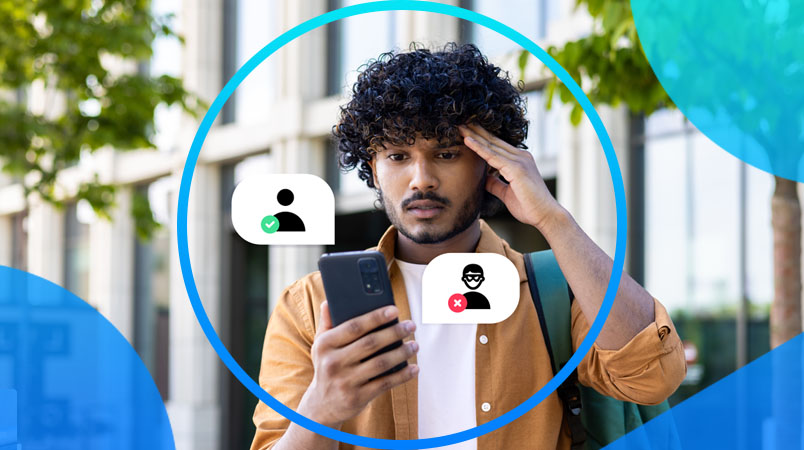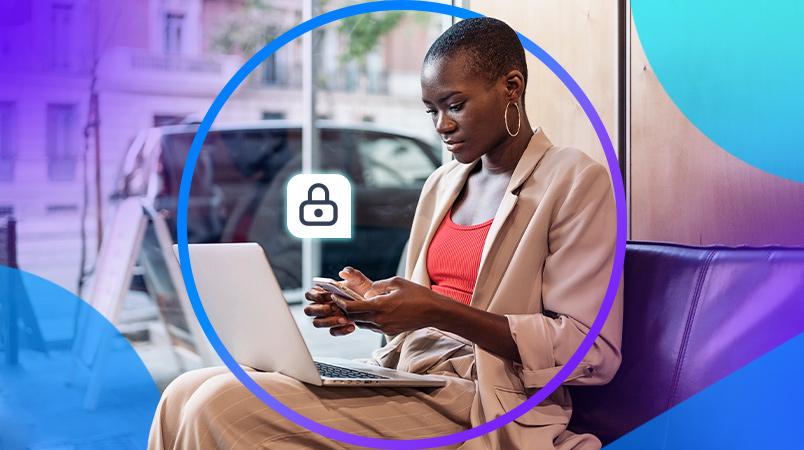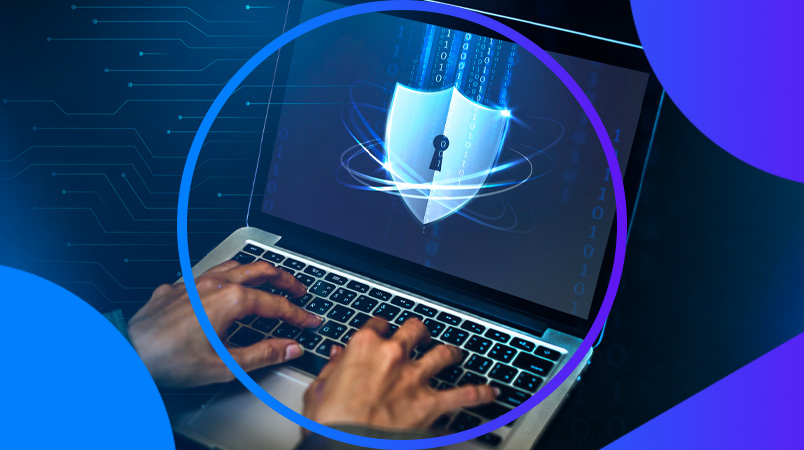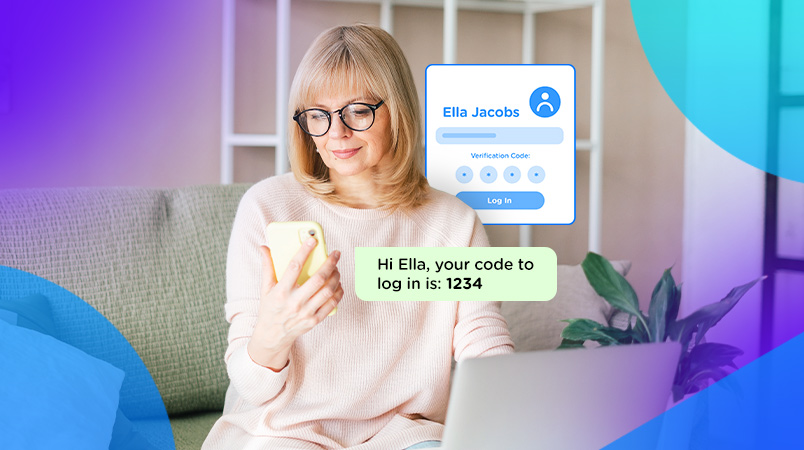Before we dive into the value of multi-factor authentication for certain use cases, it’s important to understand what we mean by “high-risk” industries.
In the context of this article, a high-risk industry is one that is commonly targeted by cybercriminals and hackers aiming to steal personal information, sensitive data, or intellectual property. These industries handle large volumes of personal data including financial information, making them ideal targets for hackers.
What Is Multi-Factor Authentication (MFA)?
Multi-factor authentication requires users to complete multiple steps to verify their identity before they can access their data.
MFA typically demands at least two pieces of “evidence” from the user to prove their identity. MFA requires credentials such as:
Something a user knows, like a PIN or an answer to a security question
Something a user has, like a verification code delivered via text message or physical tokens like USB keys
Something a user is, which may include facial recognition or biometric data like fingerprints
According to Microsoft, 99.9% of cyberattacks can be prevented with multi-factor authentication. By adding another layer of security with MFA, companies can secure private data with more than a traditional username and password.
Let’s discuss how multi-factor authentication is used to protect businesses and customers in four high-risk industries: finance, healthcare, eCommerce, and government.
MFA Use Cases in the Finance Industry
Financial institutions like banks are a top target for cyberattacks. Banks need to provide as much security as possible to protect customer data.
If a hacker gains access to someone’s bank account, they can get a lot more than just money. They also have access to credit card information and Social Security numbers, leading to identity theft cases that can take years to resolve.
Any organization that processes and stores card payment data, including banks, must comply with PCI DSS. This industry standard strongly encourages at least two separate forms of authentication before a user can access their account.
Although multi factor authentication is not yet required for PCI DSS compliance, finance organizations will benefit from following this industry-recognized best practice as early as possible.
One of the most common multi-factor authentication use cases in finance is a process we are very familiar with. Every time you use an ATM, you are using two-factor authentication: To access your account, you need to have your PIN (something you know) and your ATM card (something you have).
Implementing multi-factor authentication is the next step in building customer trust and loyalty, which banks need to build long-term relationships with clients. MFA offers a high level of security without causing too much inconvenience to clients, who have high expectations for data privacy from their financial institutions.
MFA Use Cases in the Healthcare Industry
With greater data access available in healthcare, the industry will find itself at greater risk for data breaches. For example, healthcare portals have become a common way to send electronic records, creating more opportunities for hackers to infiltrate both patient and provider accounts.
Medical records contain sensitive data that cannot be frozen or shut down like a stolen credit card number, making health providers a major target for hackers.
The Health Insurance Portability and Accountability Act (HIPAA) was originally created to protect individuals’ health records. With the prevalence of technology in the healthcare industry, HIPAA compliance now requires strong authentication procedures. Health providers usually rely only on login passwords to access healthcare systems, but with data breaches on the rise, that is no longer enough.
Data breaches often target healthcare employees’ user credentials to gain access to a system, so internal multi-factor authentication should be a high priority for health providers. MFA is also an effective way to meet the HIPAA requirement for authorized access to electronically protected health information (ePHI).
MFA Use Cases in eCommerce
While eCommerce sales have grown immensely in recent years, eCommerce fraud has grown nearly twice as quickly. Account takeover is the fastest-growing fraud threat for eCommerce companies.
Although many online merchants have been hesitant to implement multi-factor authentication for fear of deterring customers, the risk of being defrauded is becoming a greater threat for businesses. Because hackers don’t need to be physically present to commit online fraud, eCommerce websites can be attacked on a large scale. Online sales fraud, such as fake charges, is also very costly for companies: It’s the retailers who ultimately pay the price when they must issue refunds to scammed customers.
Ecommerce fraud can be easily prevented by adding MFA to online accounts. Not only does this reassure customers that their data is protected, but it also deters hackers who prefer to target weaker websites. By reducing the risk of fraud with multi-factor authentication, eCommerce companies can increase their bottom lines and build a reputation for protecting customer data.
MFA Use Cases in Government
Government employees are prime targets for cyberattacks because they have access to sensitive data, such as financial, economic, and military records. Hackers typically target government employees using phishing scams, posing as trusted sources to access login credentials. One well-known MFA use case in government is the widespread requirement of two-factor authentication on many government websites to combat the threat of hackers.
The consequences of a cyberattack go beyond a compromised network. In just the past decade, we have seen high-profile data breaches that disrupted government services and affected millions of people whose private information was leaked. Multi-factor authentication ensures that only approved users can access government data, reducing hackers’ possibility of infiltrating a system.
The Leading Solution for Multi-Factor Authentication
Any industry that handles customer data should utilize multi factor authentication to protect both employees and customers. With CM.com’s Two Factor Authentication solution, you can easily add an additional security layer beyond a username and password combination, making user credentials much more difficult to crack.
Our MFA solution uses one-time passwords (OTPs) to authenticate users, secure account logins, and safeguard transactions via the channels of your choice.
Schedule a free demo today to learn more about our OTP solution!








